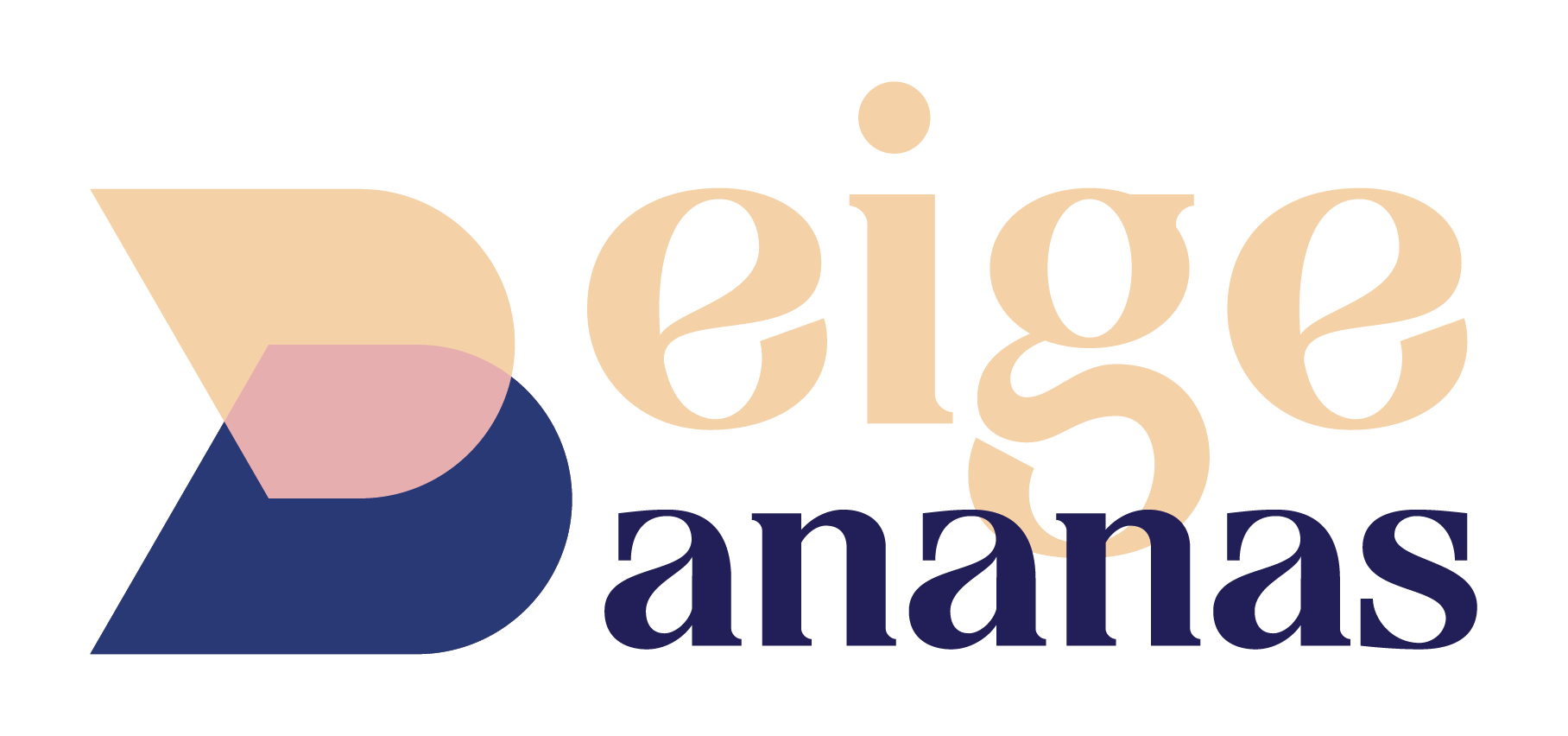
The entertainment landscape has experienced a paradigm shift over the last decade, with the rise of streaming services fundamentally altering how we consume content. Two prominent models have emerged in this digital transformation: Advertising-Supported Video On Demand (AVOD) and Subscription Video On Demand (SVOD). These models have not only disrupted traditional television but have also become essential components of the contemporary media ecosystem. In this essay, we will explore the importance of AVOD and SVOD, their respective roles in the entertainment industry, and highlight some key players in this field.
I. The Importance of AVOD (Advertising-Supported Video On Demand)
- Free Access to Content:
- AVOD platforms offer viewers the opportunity to access a vast library of content for free or at a minimal cost, making it an attractive option for cost-conscious consumers. This accessibility democratizes entertainment and broadens the audience base.
- Revenue Generation:
- AVOD platforms generate revenue primarily through advertising. Advertisers pay for ad placements on these platforms, creating a sustainable monetization model that doesn’t rely solely on user subscriptions.
- Content Diversity:
- AVOD platforms offer a wide range of content genres, including movies, TV shows, news, and user-generated videos. This diversity caters to a broad spectrum of viewer preferences and demographics.
- Data-Driven Advertising:
- AVOD platforms leverage data analytics to deliver targeted advertising. This precision benefits advertisers by reaching the right audience, and it enhances the viewer experience by presenting ads that are more relevant to their interests.
- Key AVOD Players:
- Prominent AVOD platforms include YouTube, Tubi, Pluto TV, and Peacock (NBCUniversal’s streaming service). YouTube, in particular, has achieved global recognition and dominance in user-generated content.
II. The Significance of SVOD (Subscription Video On Demand)
- Premium Content and Experiences:
- SVOD platforms offer subscribers exclusive access to high-quality, premium content, including original series, movies, documentaries, and more. This creates a compelling value proposition for subscribers seeking top-tier entertainment.
- Ad-Free Experience:
- One of the primary draws of SVOD is its ad-free experience. Subscribers can enjoy content without interruptions, enhancing immersion and satisfaction.
- Flexibility and Personalization:
- SVOD platforms provide viewers with the flexibility to watch content on-demand and across multiple devices. They also offer personalized recommendations based on user preferences and viewing history, enhancing the user experience.
- Revenue Stability:
- SVOD platforms establish a steady stream of revenue through subscription fees. This financial stability enables them to invest in original content creation and platform improvements.
- Key SVOD Players:
- Leading SVOD platforms include Netflix, Amazon Prime Video, Disney+, and HBO Max. Netflix, in particular, pioneered the subscription streaming model and remains a global leader in original content production.
III. Coexistence and Synergy
- Diverse Viewer Preferences:
- AVOD and SVOD cater to different viewer preferences and situations. While AVOD attracts those looking for free or low-cost access to content, SVOD appeals to viewers seeking premium, ad-free experiences.
- Complementary Strategies:
- Many media conglomerates adopt a multi-platform strategy, offering both AVOD and SVOD services. For example, Disney owns Disney+ (SVOD) and Hulu (a mix of SVOD and AVOD), providing a range of options for viewers.
- Hybrid Models:
- Some platforms offer hybrid models that combine both AVOD and SVOD elements. For instance, Amazon Prime Video offers a subscription-based service with additional opportunities for users to rent or purchase content.
- Global Reach:
- AVOD and SVOD platforms have expanded their global reach, transcending geographical boundaries. They’ve become powerful tools for content distribution and cultural exchange.
IV. Key Players in AVOD and SVOD
- AVOD Leaders:a. YouTube:
- YouTube, owned by Google, is the world’s largest video-sharing platform. It boasts billions of users and creators who upload a staggering amount of content daily. YouTube’s AVOD model relies on advertising, with ads appearing before, during, or after videos.
- Tubi, acquired by Fox Corporation, is a rapidly growing AVOD platform known for its extensive library of movies and TV shows. It offers a diverse range of content categories, including action, comedy, drama, and more.
- Pluto TV, now part of ViacomCBS, offers a unique AVOD experience with hundreds of live channels, covering news, sports, entertainment, and niche content. It combines the appeal of traditional television with AVOD.
- Peacock, NBCUniversal’s streaming service, combines both AVOD and SVOD tiers. It provides a free, ad-supported option and premium subscription tiers with exclusive content.
- SVOD Leaders:a. Netflix:
- Netflix is a global powerhouse in the SVOD sector. It pioneered the subscription-based streaming model and continues to produce critically acclaimed original content, including hit series like “Stranger Things” and “The Crown.”
- Amazon Prime Video, part of Amazon’s Prime membership, offers a vast library of movies, TV series, and original content. It’s known for producing award-winning series like “The Marvelous Mrs. Maisel.”
- Disney+ quickly gained traction with its vast library of Disney, Pixar, Marvel, Star Wars, and National Geographic content. The platform’s success stems from its family-friendly content and strong brand recognition.
- HBO Max, owned by WarnerMedia, offers a premium SVOD experience with an extensive library of HBO’s acclaimed series and films. It also includes original content and WarnerMedia’s vast media library.
Conclusion
AVOD and SVOD have become integral components of the entertainment industry, transforming how we access and consume content. AVOD platforms offer free or low-cost access to diverse content while generating revenue through targeted advertising. SVOD platforms provide premium, ad-free experiences with exclusive content and personalized recommendations, funded by subscription fees. These models cater to different viewer preferences and coexist synergistically, as exemplified by media giants offering both AVOD and SVOD services.
Key players in the field, such as YouTube, Netflix, Amazon Prime Video, and Disney+, have disrupted traditional television and reshaped the entertainment landscape. As these platforms continue to evolve and expand their global reach, they will remain influential forces, shaping the future of the entertainment industry and offering viewers an ever-widening array of content choices.
